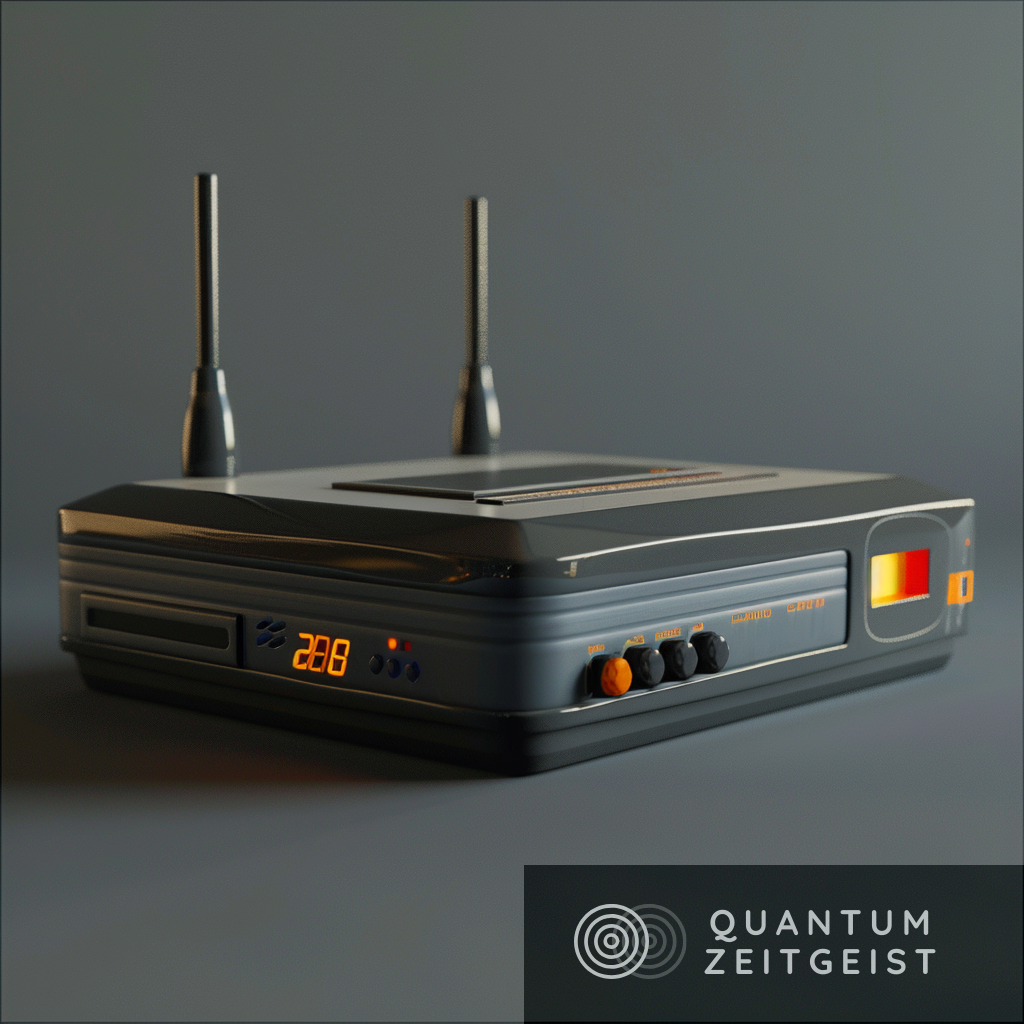Fraunhofer IAF has developed a new technology that could significantly improve the performance of quantum computers and secure communication channels. The technology, known as single-mode GaSb VECSELs, can adapt the wavelength of photons to the telecom band, enabling quantum frequency conversion.
This could help overcome a major hurdle in the development of a global quantum internet by allowing for low-loss, long-range transmission of quantum states. The technology was developed as part of a project funded by the German Federal Ministry of Education and Research, in collaboration with MENLO Systems GmbH.
Quantum Internet: The Promise and the Challenges
The quantum internet, a concept that has been gaining traction in the scientific community, promises significant advancements in various key technological areas. These include enhancing the performance of quantum computers, ensuring secure communication channels, and synchronizing atomic clocks for highly accurate time measurements. However, the realization of a global quantum internet is not without its challenges. One of the main hurdles is the need for quantum frequency converters that can adapt the photon wavelength to the telecom band (1550 nm) to implement the quantum internet in the existing fiber optic network.
The Role of VECSELs in Quantum Frequency Conversion
The Fraunhofer Institute for Applied Solid State Physics IAF has made strides in overcoming this hurdle by developing single-mode GaSb VECSELs (Vertical-External-Cavity Surface-Emitting Lasers) with output powers of up to 2.4 W. These lasers serve as low-noise pump sources for quantum frequency conversion. The VECSELs are optically pumped, surface-emitting semiconductor lasers with an external resonator and intracavity filter for wavelength selection. They are designed to specifically cover a wavelength between 1.9 and 2.5 µm, depending on the output wavelength of the used qubits, and achieve an output power of up to 2.4 W with an absolute wavelength stability of less than 2 fm.
Project HiFi: A Collaborative Effort for Quantum Frequency Conversion
The development of these VECSELs is part of the joint project “HiFi — Highly integrated quantum frequency converter of highest fidelity based on innovative laser, fiber and production technology” funded by the German Federal Ministry of Education and Research (BMBF). The project aims to provide quantum frequency converters with high efficiency and low noise for initial test tracks. The successful development of the VECSELs was made possible through close cooperation with project partner MENLO Systems GmbH, which helped lock the disk laser to a frequency comb.
Quantum Frequency Conversion: The Process and its Implications
In quantum frequency conversion, the energy of the pump photon is subtracted from the signal photon by a difference frequency process in a non-linear optical crystal. To ensure a low-noise process, the energy of the pump photons must be below the target wavelength (usually 1550 nm), otherwise, the pump laser can generate photons in the output signal due to parasitic effects. The VECSELs developed at Fraunhofer IAF meet the high requirements of quantum frequency conversion, as their narrow bandwidth and wavelength stability prevent fluctuations in the pump wavelength and consequently changes in the target wavelength of the qubits.
Fraunhofer IAF’s Contributions to Quantum Internet Research
The Fraunhofer IAF’s contributions to the HiFi project and the development of the VECSELs represent significant advancements in the field of quantum internet research. The researchers’ work on understanding the mode behavior of the lasers and identifying and eliminating noise sources has been crucial in the development of a low-noise pump source for quantum frequency conversion. The institute’s research results will be presented at the SPIE Photonics Europe in Strasbourg in April 2024, further highlighting their contributions to the field.
External Link: Click Here For More

